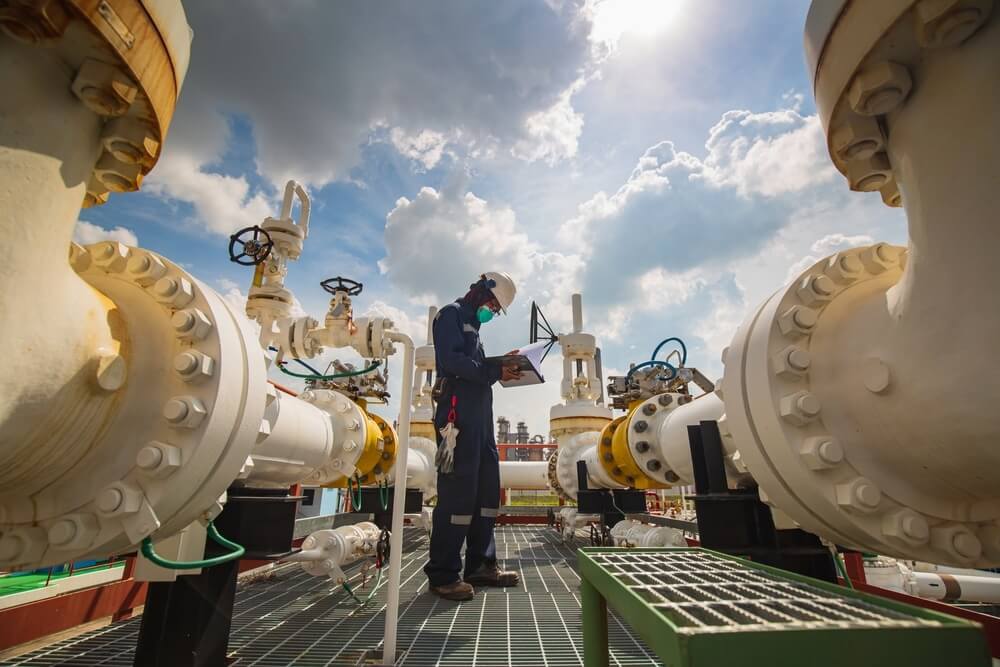Russian Oil and Fuel Exports Slump
Total Russian crude oil exports averaged 3.15M barrels per day this month, a 280,000-BPD decrease from August. Crude exports to Europe fell by 314,000 barrels per day (BPD) from August to around 900,000 BPD.
Crude oil shipments to Asia, Russia’s largest market, fell by more than 250,000 barrels per day in September, to an average daily of 1.62M barrels.
Russian oil shipments increased 17 percent in the seven months since March of this year. However, fuel exports fell by 5.55 percent during the same period.
Meanwhile, Energy Intelligence stated that information about the G7 oil price cap on Russian shipments has begun to emerge. According to anonymous attendees at the APPEC energy conference, the Urals crude cap would be roughly $50 per barrel. In contrast, the caps on Russian fuel exports will fluctuate between premiums and discounts for some goods.
The price of gasoline and diesel will be higher than the price of Russian crude. Meanwhile, naphtha and high-sulfur fuel oil will be lower than the price of crude.
One condition of the price cap system would be that parties who purchase Russian crude or products under this system would be prohibited from reselling them.
China Sets Oil Products Export Quotas
According to trade sources with knowledge of the topic, China has set the size of its newest batch of oil product export quotas for 2022 at around 15M tonnes, a reversal in fuel export policy as Beijing seeks methods to expand commerce.
The quotas, widely anticipated in the market for the past two weeks, include 13.252M tonnes of refined goods (often gasoline, diesel, and aviation fuel) and 1.755M tonnes of low-sulfur marine fuel.
The additional issue of 13.254M tonnes, the year’s single largest allocation, brings total diesel, gasoline, and jet fuel allotments for 2022 to 37.253M tonnes, the same as in 2021.
According to industry and government insiders, the hurried decision to increase refined petroleum exports, a policy shift following harsh limitations earlier this year, was part of Beijing’s drive to boost declining product exports.
State-run enterprises such as Sinochem Group and China National Offshore Oil Company, as well as privately-controlled Zhejiang Petrochemical Corp, accounted for more than 80% of the new licenses. The sheer scale of the new limits, which amount to 55,4% of the volume of the previous four issues combined, may mean that some will spill over into 2023.
Energy Crisis in Europe
Much of the region is facing a winter supply crisis, with Germany, Hungary, and Austria particularly vulnerable. France, Sweden, and the United Kingdom, who have traditionally not relied on Russia, are less affected than Italy.
The Italian government did not respond. Germany’s economy ministry wants to diversify its supply and redirect gas imports from Russia as quickly as possible. It focuses on early stages, such as leasing five floating liquefied natural gas (LNG) terminals. Germany does not have an LNG terminal, but Italy has three operating terminals and recently acquired two more. Germany, whose 58B cubic meters of imported Russian gas accounted for 58% of consumption last year, has seen supplies curtailed since June and interrupted in August via the NS 1 pipeline.
In response to the sanctions, Rome withdrew its backing for Gazprom’s $40B South Stream project, intended to deliver gas from Russia to Hungary, Austria, and Italy while avoiding Ukraine. Eni abandoned South Stream later that year, and Moscow put it on hold.




